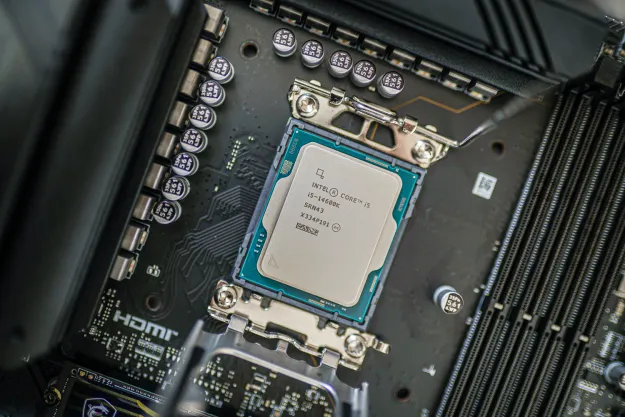A paramedic in England recently strapped a jetpack to his back and tested it for the first time in rough weather conditions.
The successful flight means the kit could be used in mountain rescue missions where strong winds and heavy rain would leave a helicopter unable to reach those in need of help.
A video (below) shared by Reuters this week shows first responder Jamie Walsh of the Great North Air Ambulance Service flying with the jetpack in challenging weather in Cumbria, around 225 miles north of London.
Following training sessions that lasted just over a week, Walsh was able to fly in a way that made it look easy, even if it wasn’t.
“Coming up over a ridge line is sometimes a little bit difficult, but actually if you’re expecting it, it’s a very stable piece of equipment and you can counter it and maneuver it and manage it quite safely,” Walsh said.
The first responder said his team was now “in a position to actually reach a casualty on a mountainside in Cumbria,” adding that such equipment was vital for such a place as it’s well known for its rain and wind.
A British paramedic trains to speed up rescue work in the mountains with the help of a jet suit pic.twitter.com/T3HnfKKoHq
— Reuters (@Reuters) October 19, 2022
The jetpack is the creation of U.K.-based Gravity Industries and has been in development since 2017. The aeronautical and innovation firm was founded by Richard Browning, who a few years ago spoke to Digital Trends about his work.
The flying gear, which is all 3D-printed, comprises two small engines attached to each arm, and a third one on the back. Flight direction is controlled by subtle movements of each arm. It can fly a human at speeds of up to 85 mph at an altitude of 12,000 feet, though as the video points out, pilots usually fly lower and slower for safety reasons.
Speaking shortly after the Cumbria test flight, Browning told Reuters: “What we’ve really learned, as a jet suit company, is that paramedic response is all about getting to the side of that critical care patient super-fast, a bit like a paramedic on a motorbike. You’re not taking them to hospital, you’re getting alongside them to sort out blood loss, a breathing problem, manage pain, and triage that patient.”
Browning continued: “Our ability to get over any terrain in almost any weather and get alongside that casualty, often faster than a helicopter or on foot — that’s turned out to be super-valuable.”
Browning and his team will continue to refine and test the design with a view to deploying it not only for search and rescue, but also for national defense, with elite forces also having recently tested the kit at sea.
Editors' Recommendations
- Watch this jetpack stuntman take on Usain Bolt’s 100-meter record
- Jetpack pilot flies around Sydney Harbour and stays dry, unlike before

